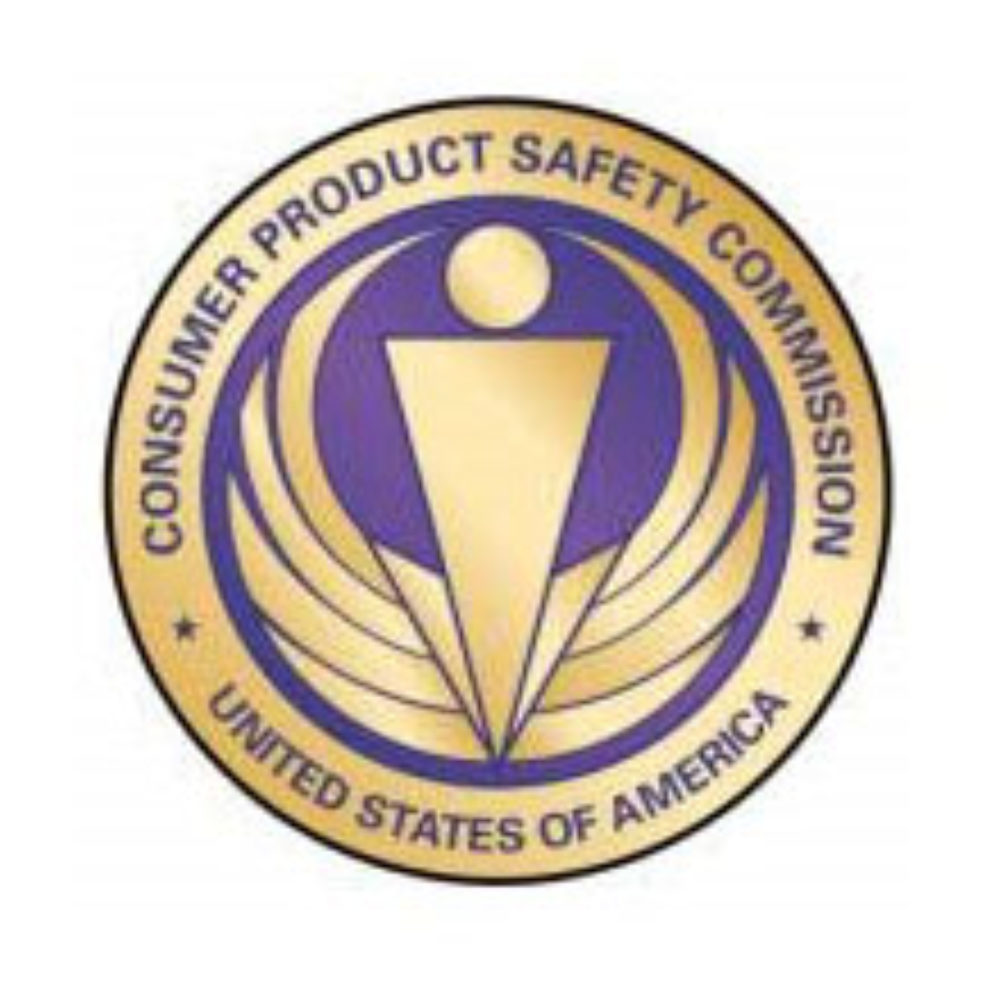CPSC Finds No Link Between Ft. Bragg Infant Deaths and Drywall

The U.S. Consumer Product Safety Commission (CPSC) reports that testing has ruled out Chinese drywall and a large number of other environmental factors as potential causes of death for a number of infants who died in recent years while living in on-base housing at Fort Bragg.
Since mid-2010, the U.S. Army has been investigating the unexplained deaths of infants between 8 months and 2 years, who were living in 10 different homes at the Fort Bragg military base in North Carolina.
In October, Fort Bragg officials ruled out Chinese drywall as a potential factor in the deaths, but the CPSC investigation was still underway. Many questions were raised about the original investigation, as some test results indicated that Chinese drywall may be present in the homes, which has been found to emit sulfuric fumes that are known to corrode electrical equipment and appliances.

Did You Know?
AT&T Data Breach Impacts Millions of Customers
More than 73 million customers of AT&T may have had their names, addresses, phone numbers, Social Security numbers and other information released on the dark web due to a massive AT&T data breach. Lawsuits are being pursued to obtain financial compensation.
Learn MoreOn February 10, the U.S. CPSC announced that it had concluded a broad investigation into the Fort Bragg housing and said that the deaths of 10 infants in the homes since 2007 were not attributable to toxic Chinese drywall because the drywall used in the homes was not Chinese and did show any signs of unusual toxic releases during testing. In addition, the CPSC was able to eliminate a large number of other potential environmental concerns, including fungi, metals, PCBs and other possible problems.
The CPSC officials say that 400 different tests were conducted on the homes by Environmental Health and Engineering, Inc. (EH&E) under contract with the commission. Not only did the commission test for environmental problems, they also investigated the heating, ventilation and air-conditioning systems. The only somewhat abnormal finding was the levels of two pesticides, permetherin and cypermetherin. But even those were within the high-normal range.
The CPSC is continuing its investigation and gathering more data about the pesticides and their presence in the homes, but cautioned that they would have to be present at thousands of times the levels currently being detected in order to pose a health risk.
The CPSC has received thousands of complaints from across the United States from homeowners who say that toxic Chinese wallboard imported between 2004 and 2007 releases sulfuric odors, causes health problems, and corrodes wiring and appliances.
Homeowners throughout the United States have filed lawsuits over Chinese drywall, naming manufacturers, distributors and builders. In June 2009, all of the federal drywall litigation was consolidated and centralized in an MDL, or Multidistrict Litigation, in New Orleans under U.S. District Judge Eldon Fallon.
2 Comments





SergioMarch 27, 2011 at 9:43 pm
I was wondering the same thing. Just a faint amount of botchulism can cause paralysis of vital organs such as the lungs and heart in infants. That's why you shouldn't give honey to infants. I hope someone is looking into that as well!
BeverlyFebruary 11, 2011 at 9:04 pm
What about Infant botchulism? Has an investigation ever been conducted to see if there was construction in the area that might have exposed soil or dust contaminated with C. botulinum? The botulinum spores that cause botchulism in infants are in dust and dirt, and even in the air. Infant botchulism is a disease that can be very mild, with few symptoms, or rapidly progressive, causing respirator[Show More]What about Infant botchulism? Has an investigation ever been conducted to see if there was construction in the area that might have exposed soil or dust contaminated with C. botulinum? The botulinum spores that cause botchulism in infants are in dust and dirt, and even in the air. Infant botchulism is a disease that can be very mild, with few symptoms, or rapidly progressive, causing respiratory distress or sudden infant death.